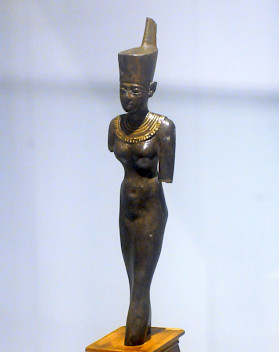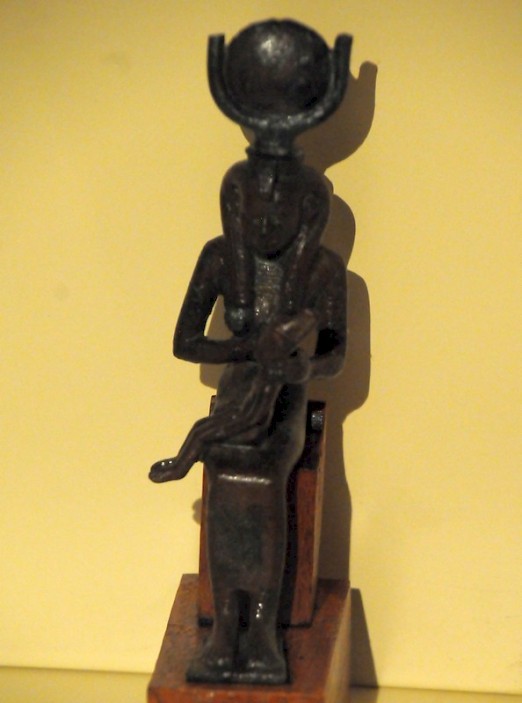Sais
Q23977573Sais (Greek: Σάις): city in the western Delta of Egypt.

Situated in the western part of the Delta of the Nile, on the Rosetta branch, Sais was the capital of the fifth nome of Lower Egypt. The city was famous for its sanctuary of the great goddess Neith, which was already important in the first half of the third millennium BCE (i.e., the early phase of the Old Kingdom). According to the Egyptians, she had created the world, had given life to the sun god Ra, was the patroness of hunters and weavers, and was associated with war. The Greeks would call her Athena.
For religious matters, Sais remained an important town for many centuries to come, but it became an important political center in the Late Period. In the tenth century BCE, a new dynasty of Libyan descent came to power: the Twenty-Second, residing in Tanis. In about 800 BCE, during the reign of Sheshonq III, the country started to disintegrate. Central Egypt became independent under the Twenty-Third Dynasty in Leontopolis, while the local rulers in the western Delta, also of Libyan descent, started to act independently too. In 740 BCE, Tefnakht became king: founder of the Twenty-Fourth Dynasty, ruling from Sais.

With his successors, the dynasty of Tefnakht lasted until 715, when the Nubian kings conquered Egypt. They were expelled from the country of the Nile by the next group of conquerors: the Assyrians. Between 671 and 664, Esarhaddon and Aššurbanipal advanced as far south as Thebes, sacked this city, and ultimately retreated from Egypt, leaving the country to local rulers: the Twenty-Sixth Dynasty, which was essentially a continuation of the Twenty-Fourth and resided in Sais.
The first ruler of the new dynasty, Necho, was some kind of Assyrian governor, but his successor Psammetichus (r. 664-610) acted as an independent king of all Egypt. These kings (and their successors) were buried in the temple of Neith, as recorded by the Greek researcher Herodotus of Halicarnassus,note and the festival of Neith.
When they assemble at Sais, on the night of the sacrifice, they all keep lamps burning in the open air round about their houses. These lamps are saucers full of salt and oil, the wick floating thereon, and burning all night. This is called the Feast of Lamps. Egyptians who do not come to this assemblage are careful on the night of sacrifice to keep their own lamps burning, and so they are alight not only at Sais but throughout all Egypt. A sacred tale is told showing why this night is thus lit up and honoured.note

When the Persian king Cambyses put an end to the Saite dynasty in 525 BCE, an important courtier, Wedjahor-Resne, managed to keep the greatest disasters away from Sais, but the city went into decline. An attempt of Amyrtaeus to shake off Persian power (404 BCE) was successful, but did not restore Sais' fortunes; the new capital was to be Mendes, residence of the Twenty-Ninth Dynasty. If Sais regained some wealth in the fourth century BCE, it was eclipsed by Alexandria.
Still, it remained the most important city in the Delta. Writing at the beginning of our era, the Graeco-Roman geographer Strabo of Amasia calls it the capital of Lower Egypt.note Later, Sais was the see of a bishop in the Coptic church.